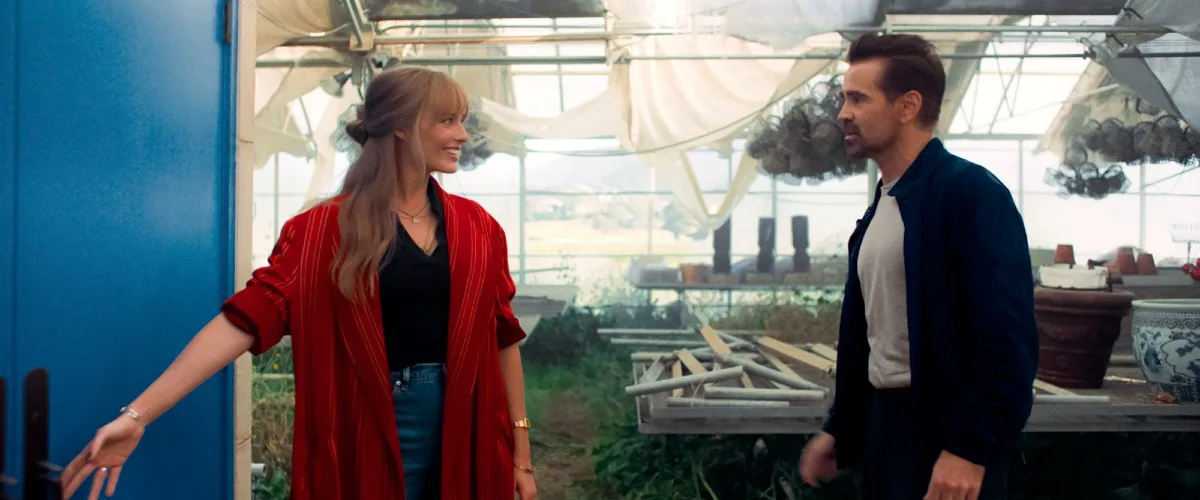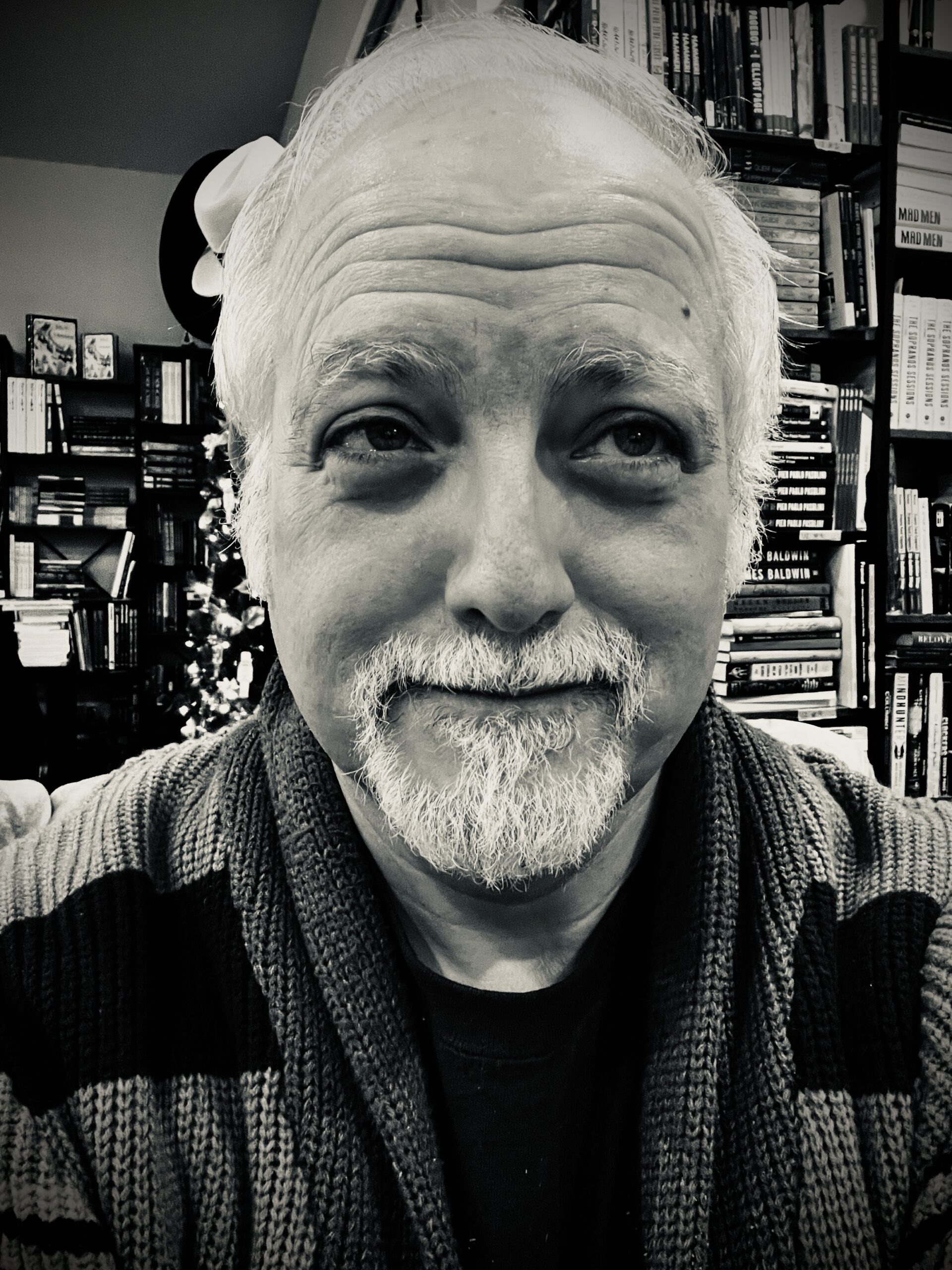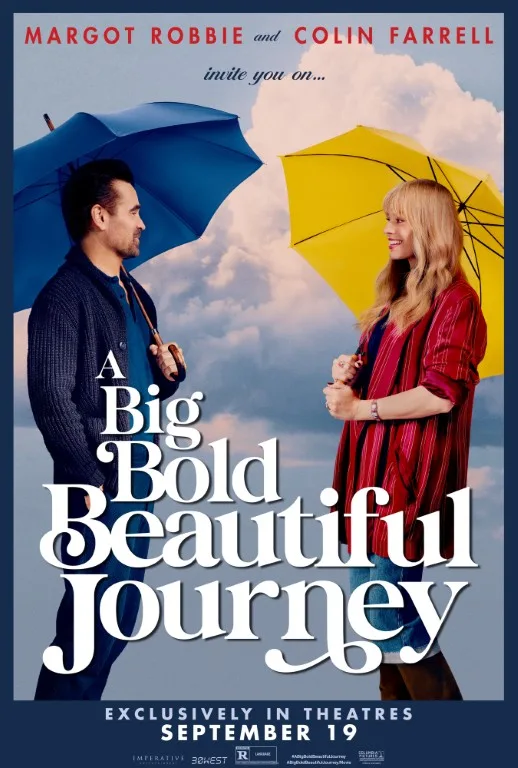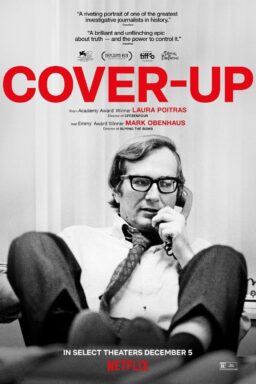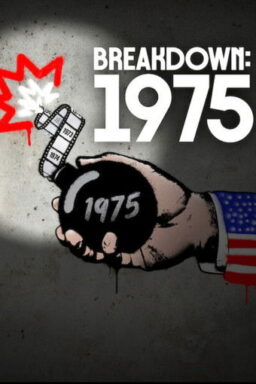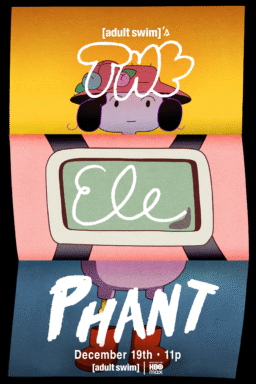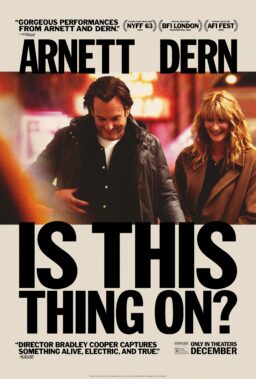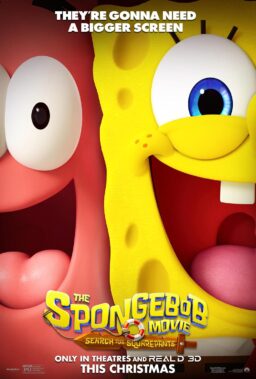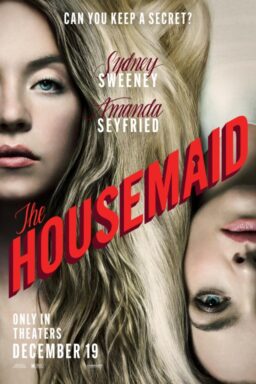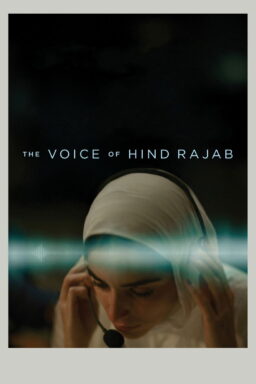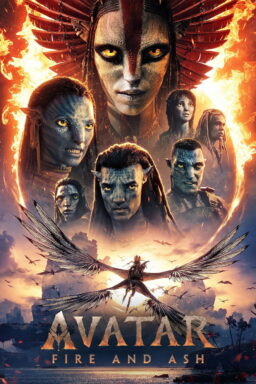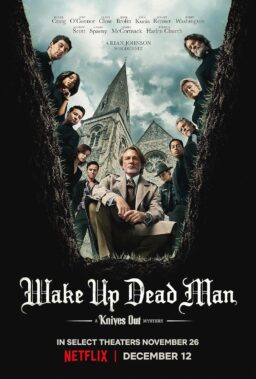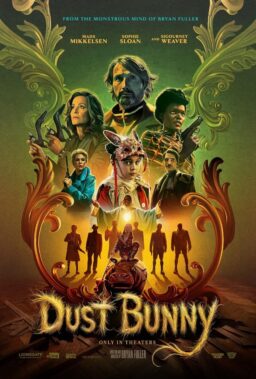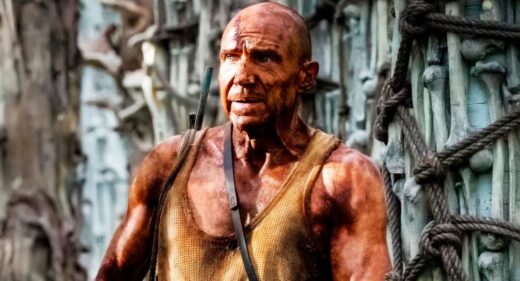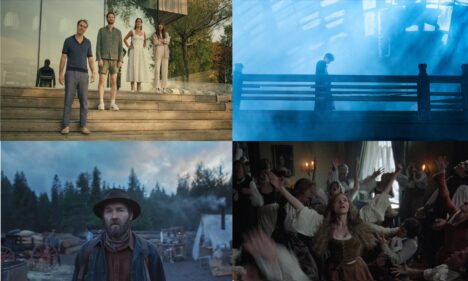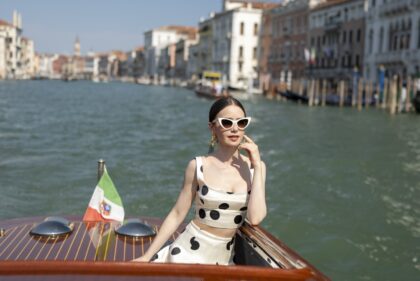“A Big Bold Beautiful Journey” illustrates a principle endorsed by many legendary directors: Casting the right leads will get you ninety percent of the way to success. The movie stars Colin Farrell and Margot Robbie as two people who are bad at relationships for different reasons, but find themselves thrown together in a road trip situation and fall in love, while resisting becoming a couple because of their respective hangups. They both look smashing, throw credibly adoring or lustful looks at each other, and strike a balance between sincerity and reticence that greatly improves a film that needs all the help it can get.
Farrell’s character, David, is a soulful, inner-directed, sometimes peevish man taking care of his ailing father (Hamish Linklater). The responsibility amplified an already-ongoing midlife crisis. It was sparked by the realization that, despite his dad telling him he was special as a kid, he has never achieved his dreams, which therefore meant he’s not special. Robbie’s character, Sarah, is unfortunately a slightly older version of the Manic Pixie Dream Girl, a trope that was ubiquitous in movies for a couple of decades. (When another character guesses Sarah’s age as 40, five years older than Robbie’s age at the time of filming, she blurts out an insult.)
While flirting at a wedding, they connect, but resist the attraction. Both say they are bad at love: David because he’s emotionally unreachable and tends to abandon relationships when they get serious, Sarah because she’s chronically unfaithful. Their problems, like most people’s, are rooted in childhood and amplified by unique traumas that distorted their views of life. In their first serious conversation, Sarah warns David not to get involved with her because she’ll just ruin him and break his heart, like she does with every man. David correctly sizes this up as less a confession than a dare. David’s own Rosebud, such as it is, involves the time in high school when he told a girl he was crazy about her, and she did not reciprocate.
This all makes “A Big Bold Beautiful Journey” sound like a rather slight love story between troubled but beautiful and cool people, but with a veneer of realism, and that’s basically what it is, in terms of characterization and tone. But the surrounding package is at odds with all that, in ways that seem meant to create intriguing tensions and contrasts, but instead end up being annoying, mostly because the movie has the same problem as its two lead characters: it can’t commit. It skates glamorously along the surfaces of various storytelling modes that it never finds a way to combine or reconcile, when it might’ve been better off picking just one and cannonball-diving into its deep end.
Written by Seth Reiss, one of the fortunate names to appear on a recent Black List of original screenplays, and directed by Kogonada, a former video essayist whose first two films, “Columbus” and “After Yang” were much better than this, “A Big Bold Beautiful Journey” is not a realistic movie about things that could happen, nor is it precisely a fantasy. It’s on kind of a sliding scale between them, and it lands wherever it feels like landing, depending on the scene. Early on, you know that something is off. David’s GPS is strangely designed and has a HAL-9000-looking lens with a red center, and sometimes backtalks sarcastically. The place where they both rent cars is a gigantic, nearly empty warehouse with a card table at the far end, tended by a cheeky and profane young woman, billed in credits as The Cashier (Phoebe Waller-Bridge), and a mysterious older man referred to as The Mechanic (Kevin Kline, whom it takes a moment to recognize).
Things get dreamier from there, except when they aren’t. Reiss’s script threads everything through the literary theme of doors, as architectural elements, but also portals to other worlds or ways of living. But this idea is not elaborated on, beyond a superficial “Sliding Doors”-type thought experiment (if something different happened at this or that fleeting moment, would your life have changed in some way?). Kogonada has fun visualizing it, at least. Doors appear throughout the film, as part of the story (freestanding frames) and as background details (such as a door that’s wheeled past David on a dolly early in the film).
Sometimes the movie plays like one of those ’90s American independent films about relationships between comfortable, privileged, somewhat navel-gazing individuals whose problems aren’t that serious. Other times it feels like an attempt to answer a hypothetical question that should never have been answered: what would it look like if you tried to make your own version of a script by Charlie Kaufman (“Eternal Sunshine of the Spotless Mind,” “Synecdoche, New York”) but carefully left out all the elements that challenge and disturb you? When the characters tour their past traumas, they walk around in the old spaces their younger selves used to inhabit. These scenes play like slowed-down, relaxed versions of sequences in the Charlie Kaufman-scripted “Eternal Sunshine of the Spotless Mind” where the hero and his former-ex-girlfriend travel into his past, and similar but more frenzied scenes in another Kaufman tale, “Being John Malkovich,” in which panicked characters race through John Malkovich’s memories and hangups.
As in so much of Kaufman’s work, both the look of this movie and certain elements in the characters’ pasts tie into theater, as both art form and metaphor. Sarah bonded with her mom (Lily Rabe, who is married to Hamish Linklater; spousal casting!) through a love of musicals. One of David’s personal high points—also a low point, sadly—was starring in a high school production of “How to Succeed in Business Without Really Trying.” (A scene where David, at his present-day age, reenacts his triumph while Sarah watches from the wings is a delight—and if indeed that’s actually Farrell’s singing voice, it’s a crime that he hasn’t been in at least a dozen musicals by now.) But it’s all weightless because the characters’ problems are minor in the grand scheme, and everything in the film, save the performances, is content to have one dimension.
After “A Big Bold Beautiful Journey” ended, I forgot most of the details of the story. But I will carry around particular images, like Robbie’s agonized but hapless expression as Sarah realizes she’s about to make one of her recurring terrible choices again, and Farrell’s character smoking a cigarette under an overhang during a rain shower, in a shot that would look even more lovely as a David Hockney painting.
The film is most enjoyable as a testament to the charisma and skills of Robbie and Farrell. They’re artists out of their proper time period, more so than David and Sarah in the movie. They’re old-fashioned, multitalented movie stars who’re stuck in an era of entertainment that seems uninterested in such performers, and would not know what to do with them if they were. Maybe there’s some door they could walk through.

